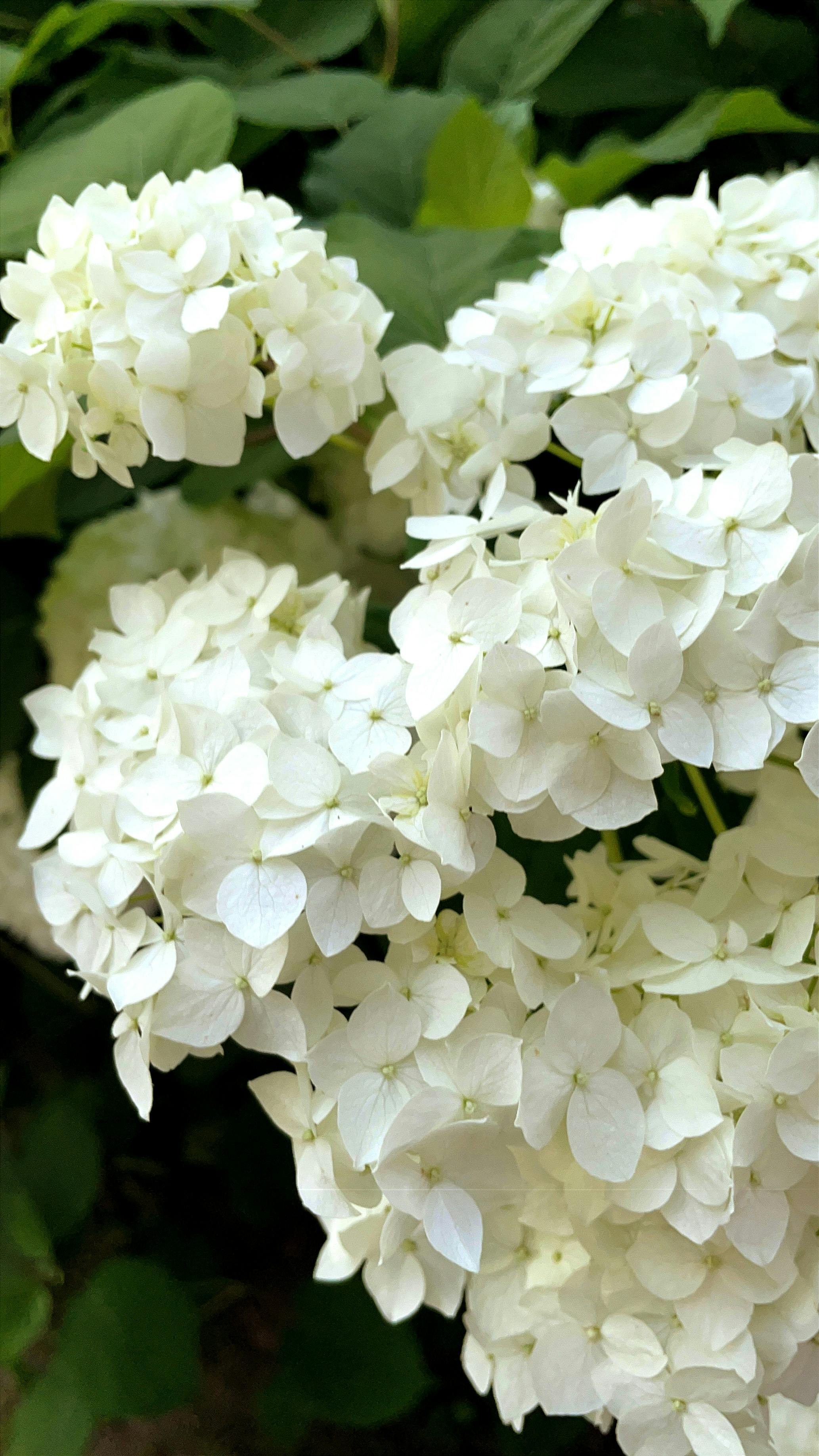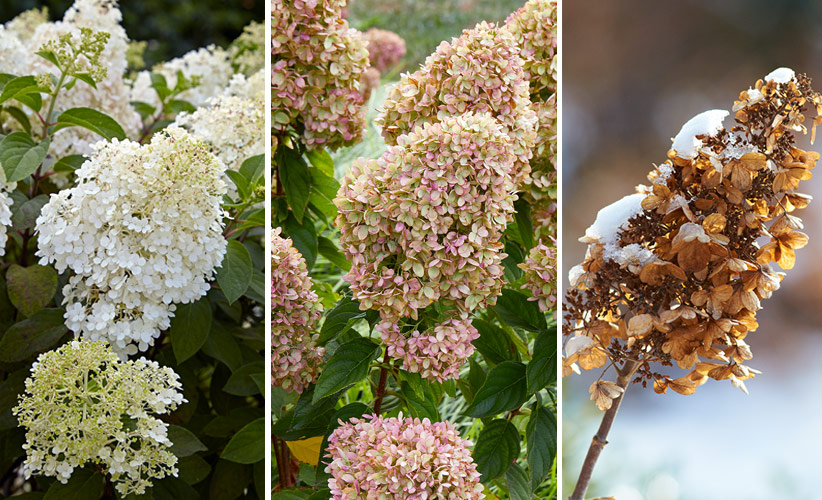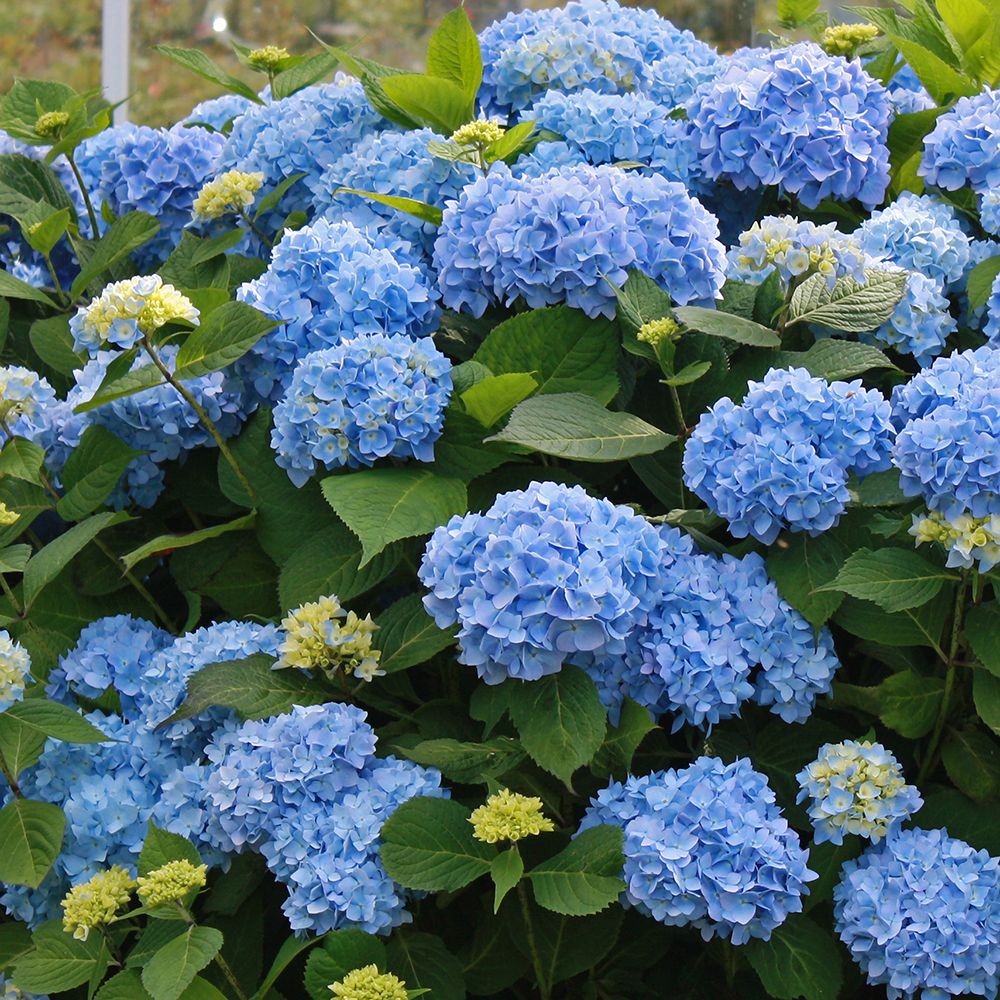The Hydrangea Flower: A Guide To Growing And Caring For These Beautiful Blooms
Hydrangeas are some of the most popular flowering shrubs in the world. They are known for their large, showy blooms that come in a wide variety of colors. Hydrangeas are relatively easy to care for, but they do require some special attention. In this blog post, we will provide a guide to growing and caring for hydrangeas.
Choosing the Right Hydrangea
There are many different types of hydrangeas available, so it is important to choose the right one for your needs. Some factors to consider include the size of the plant, the color of the blooms, and the amount of sunlight the plant will receive.
If you have limited space, you may want to choose a smaller variety of hydrangea, such as the dwarf blue hydrangea (Hydrangea serrata 'Nikko Blue'). If you have a lot of space, you can choose a larger variety, such as the bigleaf hydrangea (Hydrangea macrophylla).
The color of the blooms is also an important consideration. Hydrangeas can bloom in a variety of colors, including blue, pink, white, and purple. The color of the blooms can be affected by the pH of the soil. In acidic soil, hydrangeas will bloom blue. In alkaline soil, they will bloom pink.
Finally, you need to consider the amount of sunlight the plant will receive. Hydrangeas prefer partial shade. If you live in an area with hot summers, you may want to choose a variety of hydrangea that is tolerant of full sun.
Planting Hydrangeas
Hydrangeas should be planted in the spring or fall. Choose a location that receives partial shade. The soil should be moist and well-drained. If your soil is sandy, you may need to add some organic matter, such as compost or peat moss.
Dig a hole that is twice as wide and as deep as the root ball of the hydrangea. Place the hydrangea in the hole and backfill with soil. Water the hydrangea well.
Fertilizing Hydrangeas
Hydrangeas need to be fertilized regularly to produce their best blooms. You can fertilize your hydrangeas in the spring and fall with a balanced fertilizer. In the summer, you can fertilize them with a high-phosphorus fertilizer to encourage flowering.
Watering Hydrangeas
Hydrangeas need to be watered regularly, especially during the first year after planting. Water them deeply once a week, or more often if the weather is hot and dry.
Pruning Hydrangeas
Hydrangeas should be pruned in the spring, before new growth begins. Prune away any dead, diseased, or damaged branches. You can also prune hydrangeas to shape them or to control their size.
Overwintering Hydrangeas
In cold climates, hydrangeas may need to be protected from the cold winter weather. You can do this by covering the plant with a burlap sack or by wrapping it with horticultural fleece.
Common Hydrangea Problems
Hydrangeas are relatively resistant to pests and diseases, but they can be susceptible to a few problems. One common problem is leaf spot, which can cause brown spots on the leaves. Another problem is powdery mildew, which can cause a white powdery coating on the leaves. If you see any problems with your hydrangeas, you can treat them with a fungicide.
Troubleshooting Hydrangea Problems
If your hydrangeas are not blooming, there are a few things you can check. First, make sure the plant is getting enough sunlight. Hydrangeas need partial shade to bloom. Second, make sure the plant is getting enough water. Hydrangeas need to be watered regularly, especially during the summer. Third, make sure the plant is fertilized properly. Hydrangeas need to be fertilized regularly, especially in the spring and fall.
Conclusion
Hydrangeas are beautiful and relatively easy-to-care-for shrubs. By following the tips in this blog post, you can enjoy beautiful hydrangea blooms for many years to come.
FAQ of hydrangea flower
1. What are hydrangea flowers known for?
Hydrangeas are known for their big, beautiful blooms. The large flowerheads look like pom poms growing on bushes that can get as tall as trees. They come in a variety of different colors and shapes, depending on the species and variety. Hydrangeas are popular both as cut flowers and plants for the garden.
2. Why are hydrangeas important?
Hydrangeas are not only beautiful flowers, but they also have some important health benefits. The root and rhizome (underground stem) of hydrangeas can be used to make medicine. Hydrangea is used for urinary tract problems such as infections of the bladder, urethra and prostate; enlarged prostate; and kidney stones. It is also used for hay fever.
3. How do hydrangea flowers change color?
The color of hydrangea flowers is affected by the acidity of the soil. In acidic soil, hydrangeas will bloom blue or purple. In alkaline soil, they will bloom pink or red. You can change the color of hydrangea flowers by adjusting the acidity of the soil. To make the soil more acidic, add peat moss or sulfur. To make the soil more alkaline, add lime.
4. How do you care for hydrangea flowers?
Hydrangeas are relatively easy to care for. They need full sun to partial shade and well-drained soil. Water them regularly, especially during hot, dry weather. Fertilize them in the spring with a balanced fertilizer. Deadhead spent blooms to encourage new growth.
5. How long do hydrangea flowers last?
Hydrangea flowers can last for several weeks if they are properly cared for. Cut them when the buds are just starting to open and place them in a vase of fresh water. Change the water every day or two. To extend the vase life of hydrangea flowers, you can add a few drops of bleach or lemon juice to the water.
Image of hydrangea flower
- A white hydrangea flower in full bloom. The flower is large and round, with many small petals. The petals are arranged in layers, creating a delicate and intricate appearance. The flower is set against a background of green leaves.

- A cluster of pink hydrangea flowers. The flowers are smaller than the white hydrangea flower, but they are just as delicate and beautiful. The petals are a light pink color, and they are arranged in a loose cluster. The flowers are set against a background of green leaves.

- A blue hydrangea flower. The flower is a deep blue color, and it is surrounded by a ring of smaller white flowers. The petals are arranged in a tight cluster, giving the flower a spherical shape. The flower is set against a background of green leaves.
- A panicle hydrangea flower. The flower is large and cone-shaped, with many small, star-shaped petals. The petals are a light pink color, and they are arranged in a loose cluster. The flower is set against a background of green leaves.

- A mophead hydrangea flower. The flower is large and round, with many small, rounded petals. The petals are a light blue color, and they are arranged in a tight cluster. The flower is set against a background of green leaves.

Post a Comment for "The Hydrangea Flower: A Guide To Growing And Caring For These Beautiful Blooms"